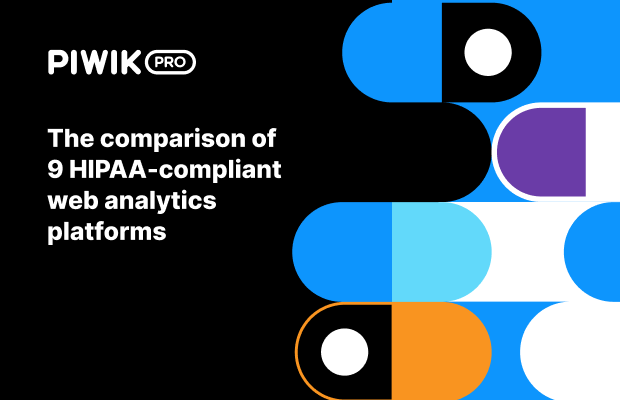Pseudonymous data is a type of data that has been processed in such a way that it can’t be traced back to an identified or identifiable natural person without using additional information. Pseudonymization can help keep personal data safe and prevent a possible data breach while enabling its use for purposes like research and data analysis.
Pseudonymization means an individual can still be identified through indirect or additional information. Unlike anonymized data, since pseudonymous data can be restored, GDPR considers it personal data.
Some common pseudonymization techniques include:
- Scrambling – Mixing or obfuscation of letters.
- Encryption – Encoding data to make it unintelligible and scrambled. In many cases, encrypted data is also paired with an encryption key.
- Masking – Hiding the most important part of the data with random characters or other data.
Additional reading:









